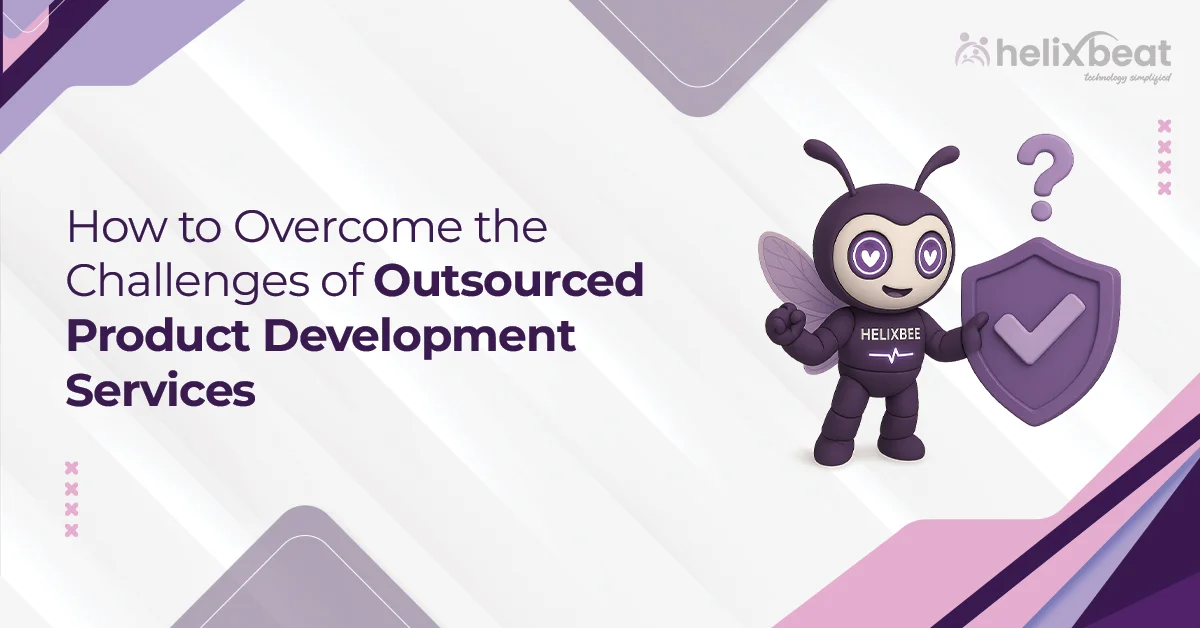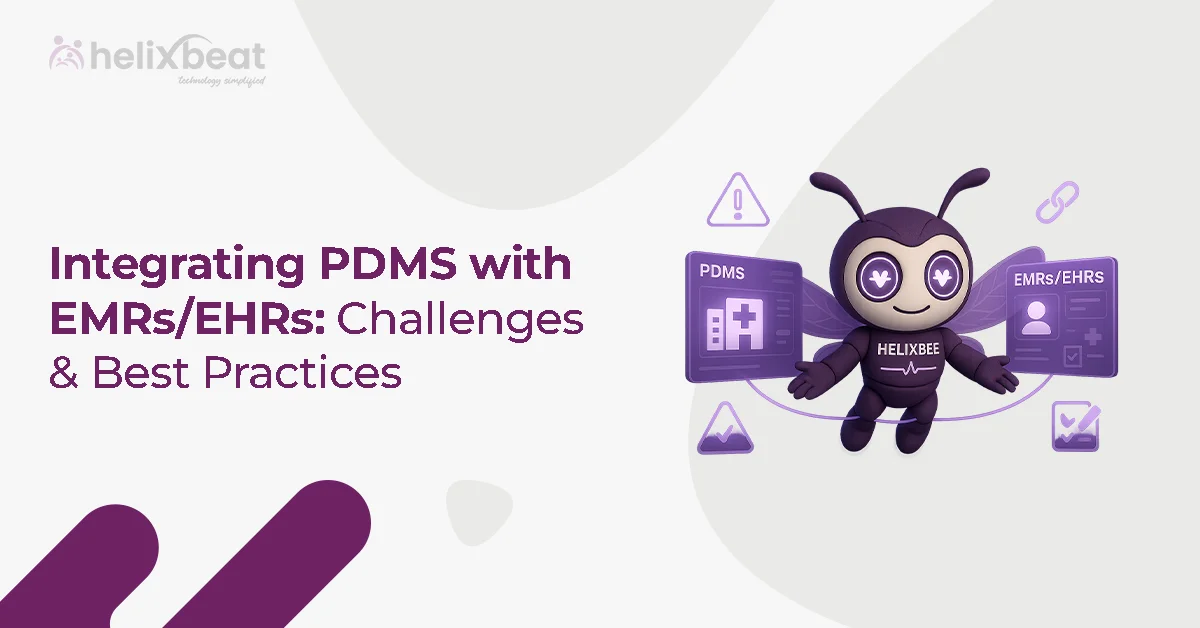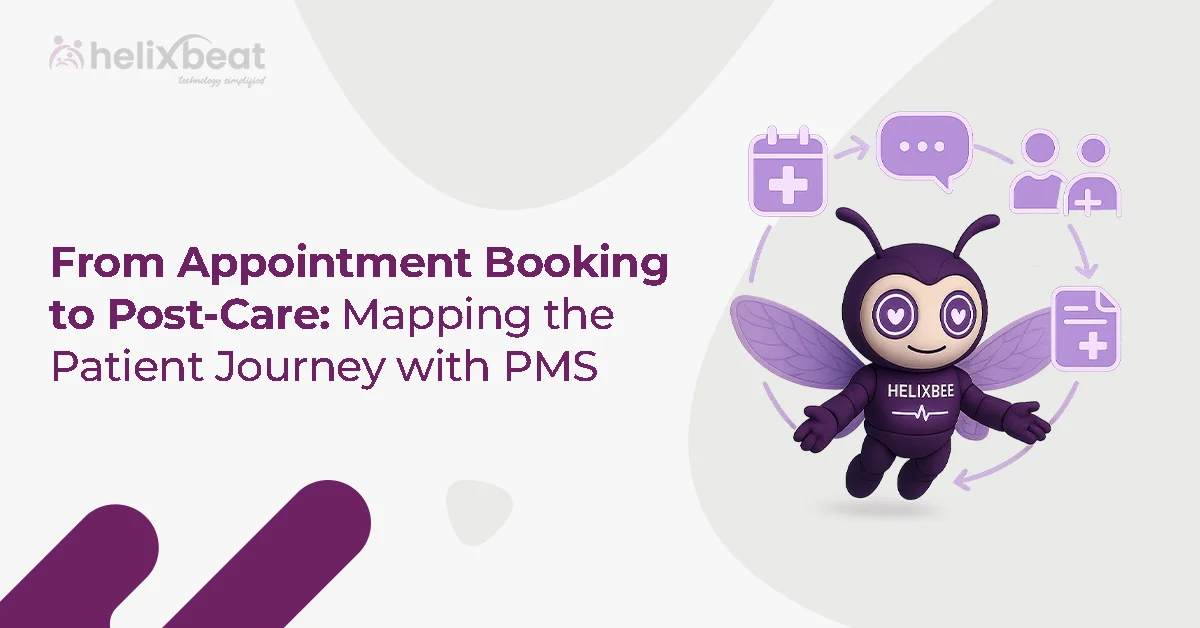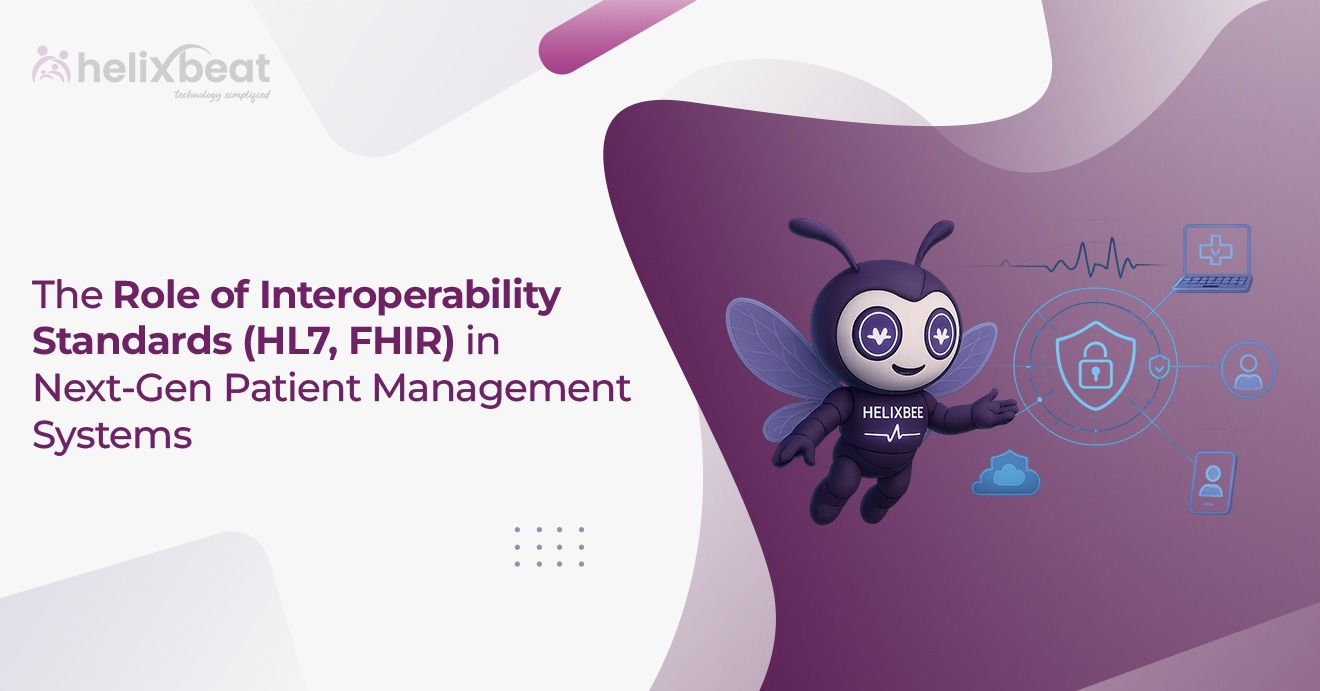Today, the way healthcare operates has changed significantly with the rise of electronic health records (EHRs), telemedicine, and cloud-based storage. While these advancements offer convenience and efficiency, they also introduce major risks—cyber threats, accidental data loss, and system failures that could compromise sensitive patient information. That’s why having a strong data backup and recovery strategy is important to safeguard patient records while keeping healthcare operations running smoothly.
In this blog, we’ll explore why a well-structured backup and recovery plan is critical for patient data security.
Table of Contents
The Growing Importance of Patient Data Security
Healthcare organizations handle vast amounts of sensitive data, including medical histories, prescriptions, insurance details, and billing records. This information is a prime target for cybercriminals, who exploit vulnerabilities in networks to steal, ransom, or manipulate data. A single data breach can compromise thousands of patient records, leading to severe financial and reputational damage. Also, compliance regulations such as HIPAA (Health Insurance Portability and Accountability Act) mandate healthcare providers to protect patient information. Failing to do so can result in hefty fines and legal repercussions.
Therefore, patient data security goes beyond just implementing firewalls and encryption protocols. While strong cybersecurity measures are necessary, they alone are not enough. Implementing a reliable data backup and recovery system acts as an additional layer of protection so organizations can mitigate risks and recover lost or compromised information instantly.
The Role of Data Recovery in Patient Data Security
While creating copies of patient data and storing them securely in a separate location is great, backing up data is only half the equation. The ability to retrieve and restore patient records efficiently is equally critical. In healthcare, where patient care decisions depend on immediate access to accurate information, downtime caused by data loss can be disastrous.
Key Benefits of Data Recovery in Healthcare
1. Minimizing Disruptions in Patient Care
Medical staff rely on real-time access to patient records for diagnoses, treatment plans, and medication histories. Therefore, a robust recovery plan reduces downtime and helps hospitals or clinics to maintain seamless operations.
2. Protecting Against Ransomware Attacks
Cyberattacks, particularly ransomware, can lock healthcare organizations out of their own systems until a ransom is paid. However, institutions can restore their systems without yielding to cybercriminals with a reliable backup and recovery strategy.
3. Compliance with Healthcare Regulations
Healthcare providers must comply with data protection laws that require them to maintain patient records securely. Therefore, a data recovery plan helps organizations meet these regulatory requirements by keeping patient data accessible and intact.
4. Reducing Financial Losses
Data loss can result in canceled appointments, lost billing information, and operational downtime, which leads to significant financial setbacks. However, recovering data quickly minimizes revenue loss and operational disruptions.

Best Practices for Effective Data Backup and Recovery
Here’s how healthcare organizations can fortify their backup and recovery plans effectively:
1. Implement a Multi-Layered Backup Strategy
Relying on a single backup method is risky, especially in healthcare, where patient data security is critical. Hence, a multi-layered approach offers a safety net by using:
- Full backups: A complete copy of all patient data, necessary for full system recovery.
- Incremental backups: Saves only new or modified data, thus optimizing storage and reducing backup time.
- Cloud backups: Provides additional security by keeping patient records offsite, protected from local threats.

2. Store Backups in Multiple Locations
A single storage location exposes data to localized risks like hardware failures, natural disasters, or cyberattacks. A dual-location strategy enhances resilience:
- Onsite backups: Allow quick access to data in case of minor system issues.
- Offsite backups (cloud or remote servers): Provide an extra layer of protection in case the primary location is compromised.

3. Encrypt Backup Data for Maximum Security
Here’s how encrypting backup files reinforces patient data security:
- Prevents unauthorized access, even if the data is intercepted.
- Complies with healthcare regulations, such as HIPAA, that mandates strict data protection.
- Adds an extra layer of security to both local and cloud backups, reducing exposure to data breaches.

4. Regularly Test Backup and Recovery Processes
A backup system is only as good as its ability to restore data when needed. Without routine testing, organizations may discover too late that their backups are incomplete or corrupted.
- Simulating recovery scenarios helps pinpoint vulnerabilities in the backup system.
- Testing different recovery timelines demonstrates the ability to restore patient records quickly without disrupting care.
- Verifying data integrity confirms that restored files are accurate and functional.

5. Automate Backup Procedures to Minimize Human Error
Manual backups are prone to missed schedules, incomplete data copies, or configuration errors. Here’s how automating the process guarantees that patient data security remains intact:
- Eliminates reliance on human intervention.
- Provides real-time monitoring, alerting IT teams if a backup fails.

How PULSE Helps Optimize Patient Data Security
PULSE, a Patient-Provider Unified Ledger by Helixbeat, streamlines administrative workflows, improves patient care, and optimizes efficiency for clinics and hospitals. From seamless appointment scheduling and real-time patient record access to automated billing and compliance support, PULSE simplifies every aspect of healthcare administration.
PULSE also automates data storage, backup, and recovery seamlessly.
With automated backups of patient records, appointment histories, and financial transactions, PULSE allows instant recovery in case of unexpected failures. Likewise, role-based access controls and encryption add an extra layer of security, safeguarding sensitive patient data against cyber threats. Additionally, audit trails keep track of every modification, making compliance and data retrieval effortless.
Therefore, by eliminating administrative redundancies and integrating backup solutions, PULSE empowers healthcare providers with uninterrupted access to accurate patient data.
Final Thoughts
Patient data security is the backbone of modern healthcare operations. By implementing robust backup strategies and efficient recovery protocols, healthcare providers can protect sensitive patient information, maintain operational continuity, and uphold trust in their services.
With PULSE, healthcare organizations can streamline data management, automate backups, and strengthen security—all while improving efficiency and patient care. Don’t wait for a data disaster to disrupt your operations. Future-proof your healthcare facility with PULSE today!
FAQs
1. Why is data backup important for patient data security?
Data backup helps protect sensitive patient information from accidental loss, cyber threats, and system failures. A reliable backup system ensures healthcare providers can recover records quickly and maintain continuity in patient care.
2. What are the most common causes of patient data loss?
Data loss in healthcare is often caused by cyberattacks (such as ransomware), accidental deletions, hardware failures, software corruption, and natural disasters affecting data storage systems.
3. How can healthcare providers reduce the risk of cyberattacks on patient records?
Implementing encrypted backups, multi-layered security protocols, role-based access controls, and offsite storage solutions can help mitigate cybersecurity threats to patient data.
4. How does PULSE optimize data backup and recovery for healthcare providers?
PULSE automates backup processes, encrypts patient records, and integrates with hospital systems to streamline recovery. It also provides audit trails and real-time data access, thus helping healthcare providers maintain security and efficiency.
5. What role does compliance play in healthcare data backup and recovery?
Healthcare regulations, such as HIPAA, require providers to implement secure backup and recovery systems to protect patient data and maintain operational integrity. Non-compliance can lead to legal penalties and data breaches.
6. How does data loss impact healthcare facilities?
Data loss can disrupt medical services, delay patient treatment, compromise billing records, and lead to regulatory non-compliance. It can also result in financial losses and damage a healthcare provider’s reputation.














